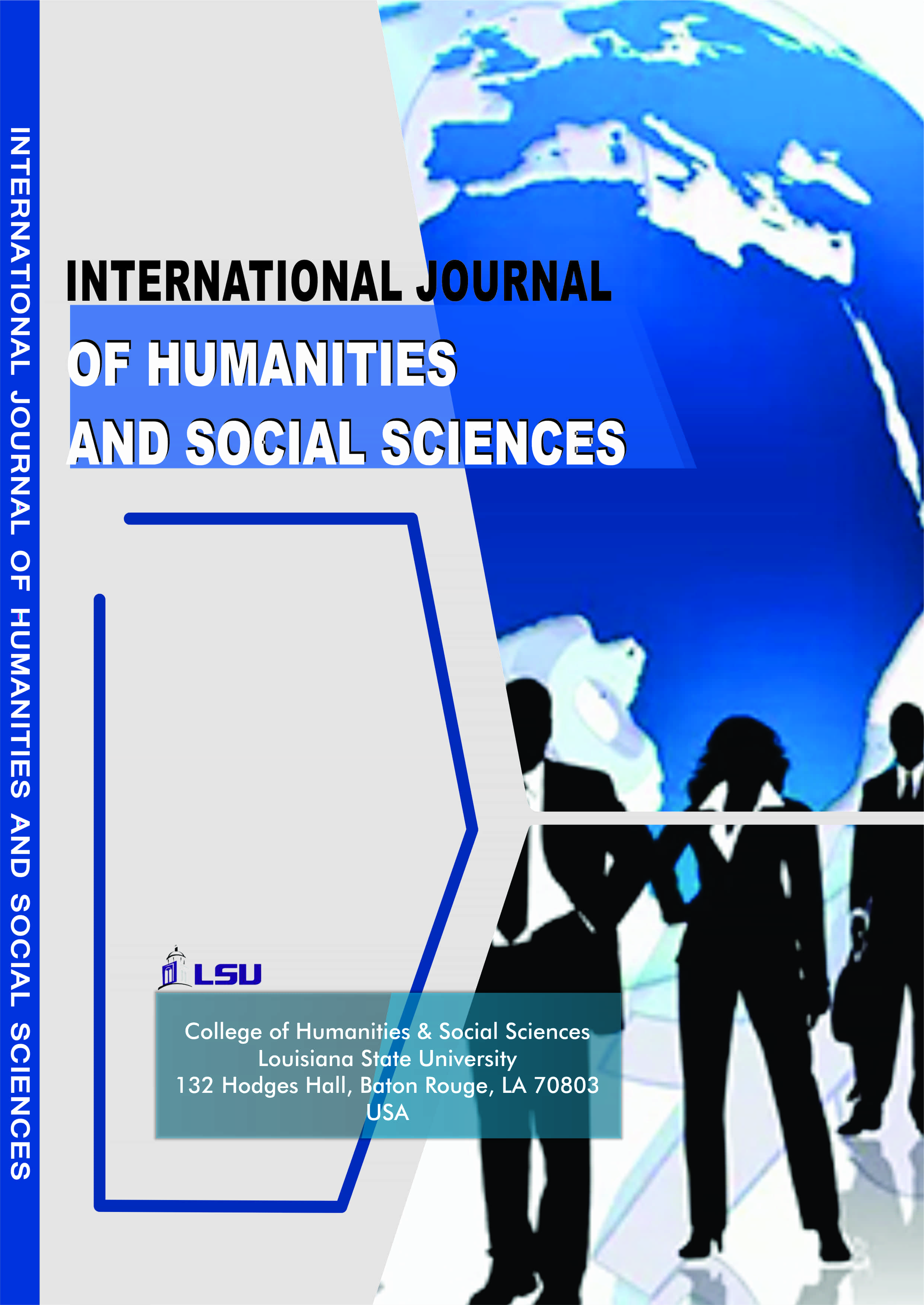INTERNATIONAL JOURNAL OF HUMANITIES AND SOCIAL SCIENCES (IJHSS)
Examining “Deceptive Equivalence” in “Suspension” Translation from Hard Times: A Case study of Quan Zenggu and Hu Wenshu’s Translation
E-ISSN: 3435-6457
P-ISSN: 8654-3552
DOI: https://iigdpublishers.com/article/546
This study delves into the Chinese translation strategies employed for rendering "suspensions" in Charles Dickens' novel "Hard Times," utilizing a combination of literary stylistic analysis and a corpus-based approach. The analysis reveals that translators Quan Zenggu and Hu Wenshu retained 73.74% of the "suspensions" from the original text, effectively capturing Dickens' distinctive literary style. However, they also employed merging and adjusting strategies, altering 26.24% of the "suspensions" found in the source material. These modifications resulted in weakened tension arising from retrospective pauses, a diminished synchronicity between movements and speech, disruption of the irony effect, challenges in character identification and traits, and a departure from the repetitive patterns of circumstantial information present in the original work. Moreover, these alterations disrupted the effect of dramatic conflict and misled the reader's focus, thereby influencing the thematic meaning, aesthetic value, and overall portrayal of characters' personalities. Consequently, a phenomenon of "deceptive equivalence" in translation emerges from a stylistic perspective.
Jingyi Li
Hu, Kaibao. (2011). An Introduction to Corpus-based Translation Studies [语料库翻译学概论]. Shanghai: Shanghai Jiao Tong University Press. [In Chinese]
Hu, Xianyao. (2004). Corpus-based Translation Studies and Translation Universals [语料库翻译研究 与翻译普遍性]. Shanghai Science and Technology Translation, 2004(4), 47–49. [In Chinese]
Mu, Congjun, & Zhang, Wenjie. (2022). The Application of the CLiC Online Corpus in Literary Teaching and Research [CLiC在线语料库资源在文学教学与研究中的应用]. Foreign Languages and Translation, 2022(3), 71–77. [In Chinese]
Quan, Zenggu, & Hu, Wenshu. (2008). Hard Times [艰难时世]. Shanghai: Shanghai Translation Publishing House. [In Chinese]
Shen, Dan. (2002). On the Importance of Literary Stylistics in Translation Studies [论文学文体学在 翻译学科建设中的重要性]. Chinese Translators Journal, 2002(1), 11–[In Chinese]
